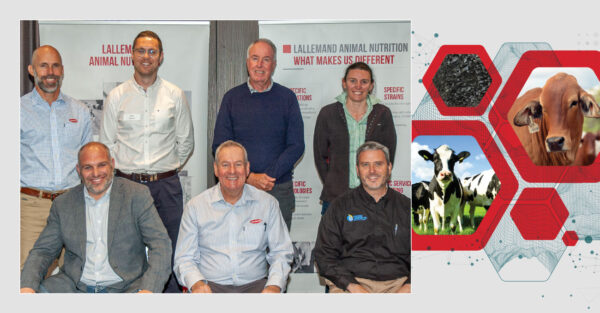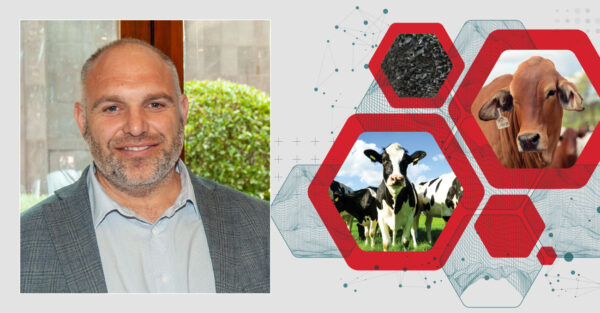News | Reading Time 3 minutes
The power of yeast cell walls to support fish health: New studies presented at Aquaculture Europe 2023
This week, our aquaculture team is attending the Congress of the European Aquaculture Society, Aquaculture Europe 2023, in Vienna, Austria, to present two studies on the application of yeast-based aquafeed ingredients to enhance fish health and performance. These studies highlight the formidable potential of microbial-based solutions as valuable and effective ingredients for fish nutrition and well-being. The studies also pave the way for the development of yeast cell wall (YCW) products with enhanced, targeted functionalities towards precision functional nutrition in aquaculture.
Enhancing European seabass health and performance
One study (Leclercq et al.) highlights the potential of YCW ingredients to optimize health, performance and reduce production costs in seabass, particularly around challenges such as handling and transfer to sea-pens. Our team tested the inclusion of a specific YCW (OPTIWALL) in the diet of juveniles in a dose-response manner. Results showed:
- The YCW can boost performance in a dose response manner: Growth and feed conversion (FCR) were both improved by up to 8.3%
- Mucosal barriers were also improved. Among others, skin mucus excretion was increased and gut immunity activated
- The YCW helped maintain FCR and enhance gut and skin barrier functions — and, therefore, integrity — when exposed to a chronic challenge (handling) at the highest inclusion rate tested (4.5 kg/T feed)
The authors concluded the YCW had the potential to support the performance and robustness of European seabass juveniles. The feed supplementation strategy can be tailored to the level of challenge expected and of benefits targeted. To our knowledge, this was the first dose-response study of a YCW supplement in a Mediterranean fish species.
Not all yeast cell walls are equal!
In a second study, the team looked into the relationship between YCW structure and immune benefits in an animal model for vertebrates (Zebrafish), highlighting the different functionalities of distinct yeast products.
In the study, four different YCW from different yeast strains were tested in aquafeed at similar inclusion rates.
The team found a relationship between certain structural characteristics (e.g. MOS and beta glucan chain length) and the interaction with host cells receptors. Each YCW elicited distinct immune responses, indicating a particular potential for each ingredient to confer protection against specific infectious agents or non-infectious pathologies.
These findings demonstrate the importance of the molecular and biochemical properties of YCW fractions when assessing their potential at eliciting targeted immune functionalities. In our case, this was possible thanks to advanced YCW structural analysis using atomic force microscopy (AFM), a method developed internally at Lallemand Animal Nutrition.
This new study provides a perfect illustration of our statement that not all yeasts nor YCW are equal when it comes to their biological activity, paving the way for precision functional nutrition in aquaculture.
REFERENCES
- Leclercq E., Gonçalves A., Rawling M., Dias J., Castex M. 2023. Zootechnical benefits and health functionality of graded intake of a yeast-based paraprobiotic in European seabass. Aquaculture Europe 2023, Vienna, Austria.
- Rawling M., Schiavone M., Merrifield D. L., Apper E., Castex M., Leclercq E., Foey A. 2023. Yeast cell wall derived from Saccharomyces cerevisiae differentially shape intestinal innate immunity and mucosal tissue response of Zebrafish (danio rerio). Aquaculture Europe 2023, Vienna, Austria.
Published Sep 19, 2023
Related articles
Need specific information?
Talk to an expert


